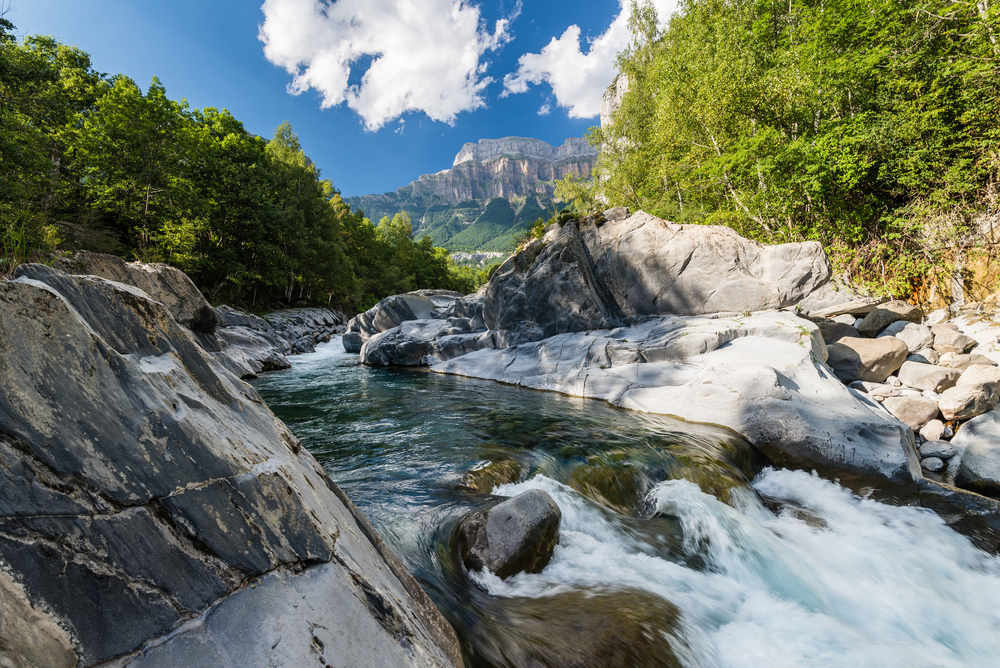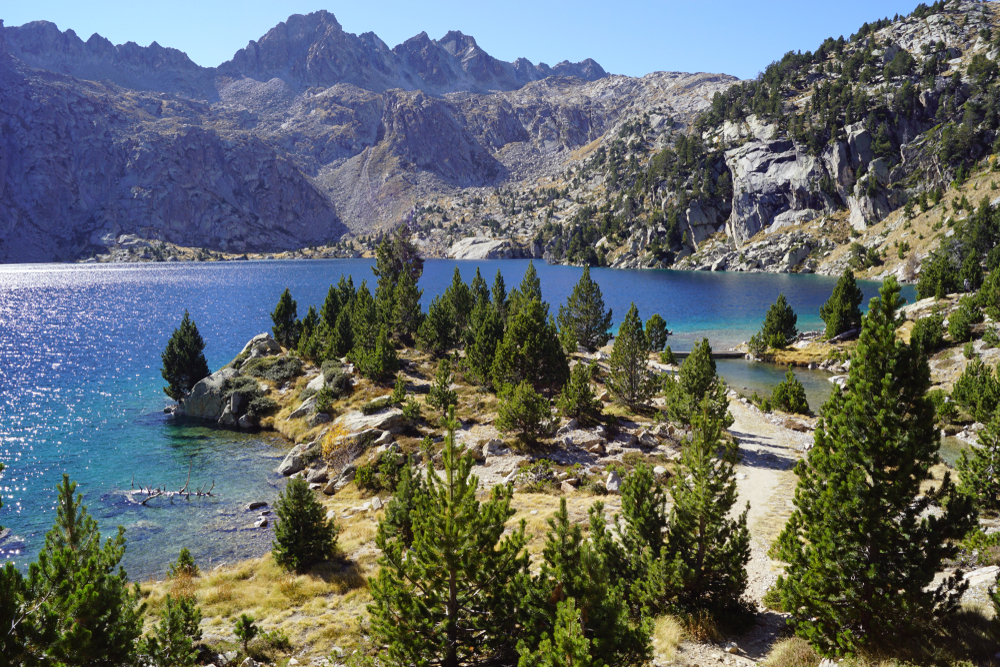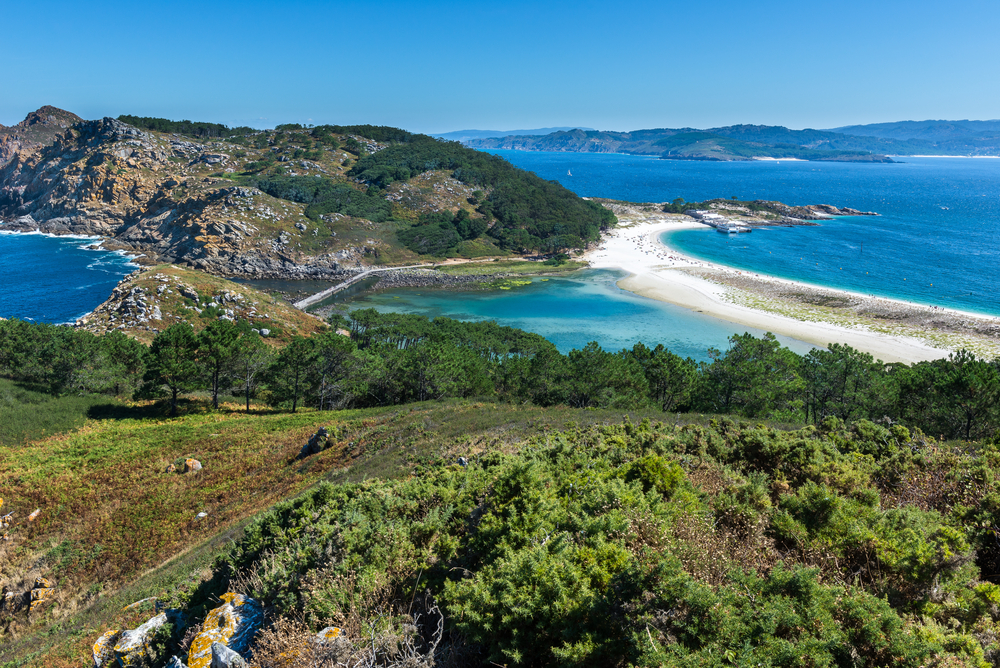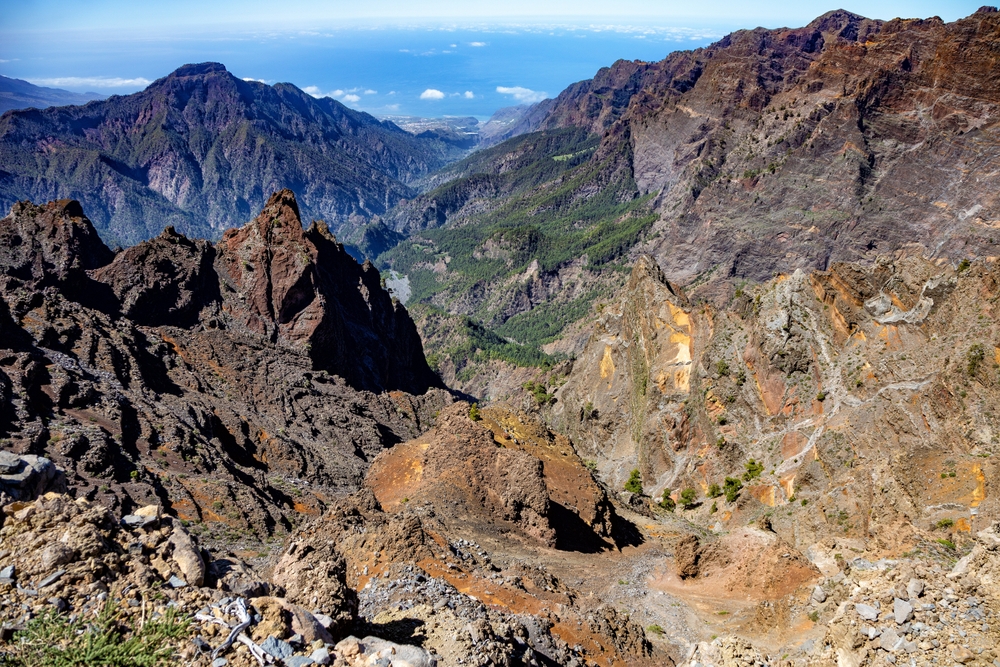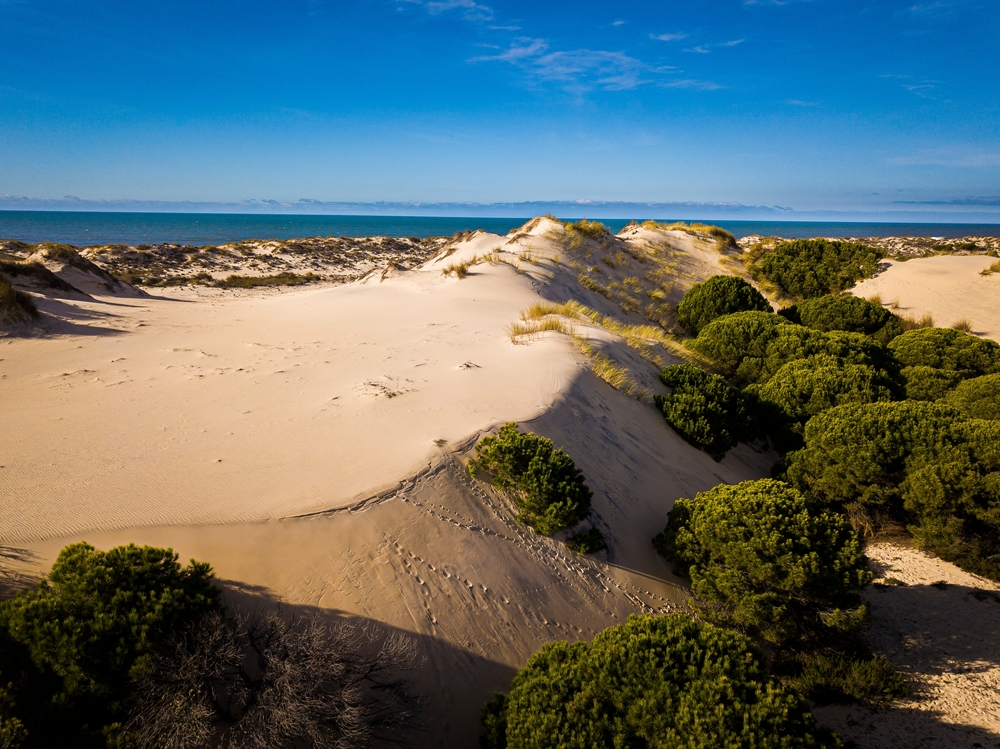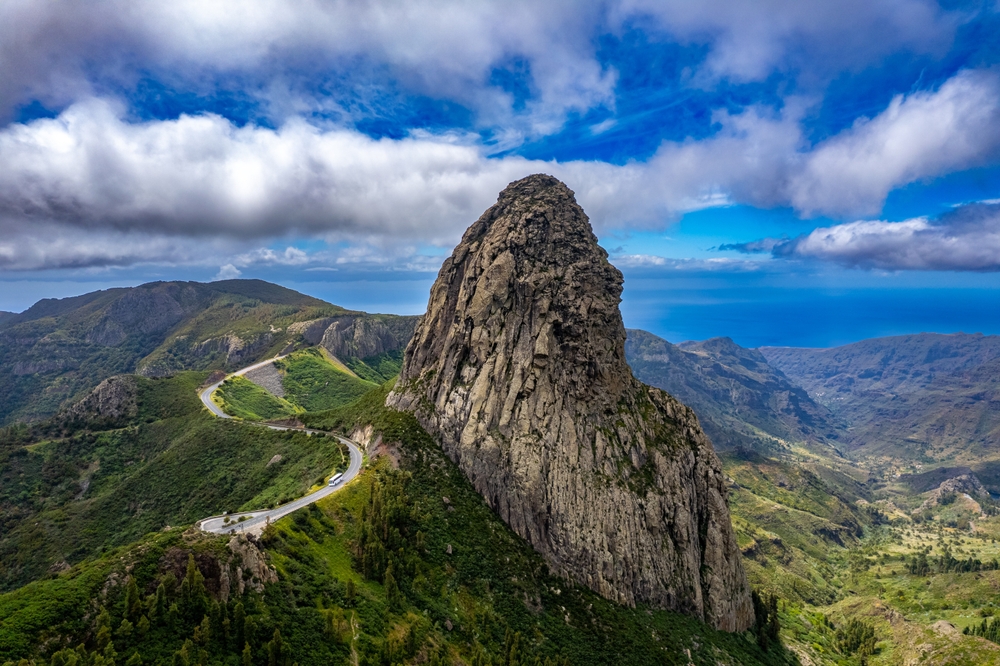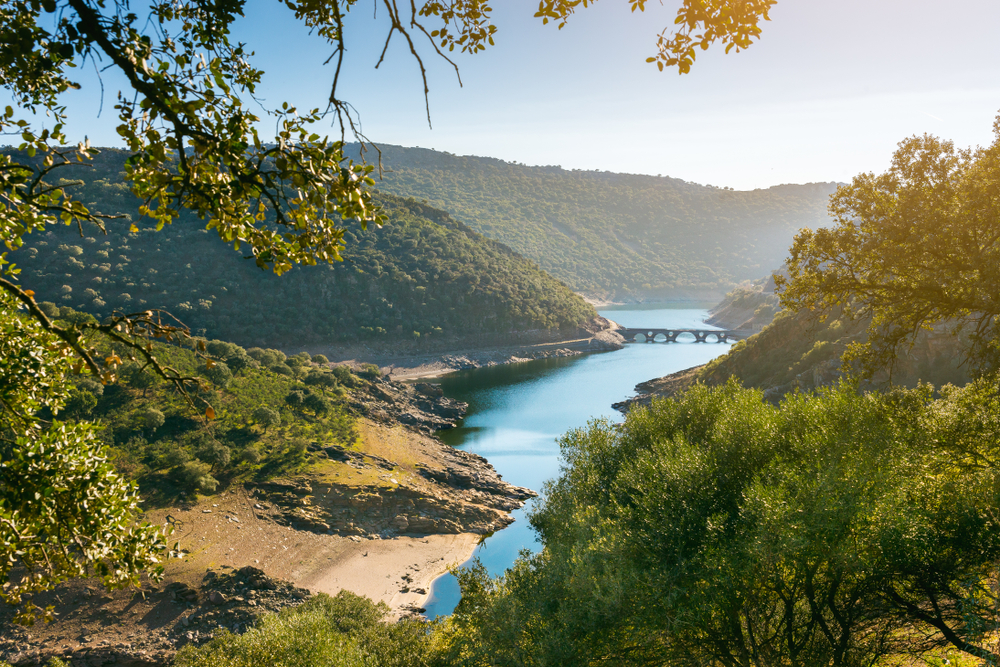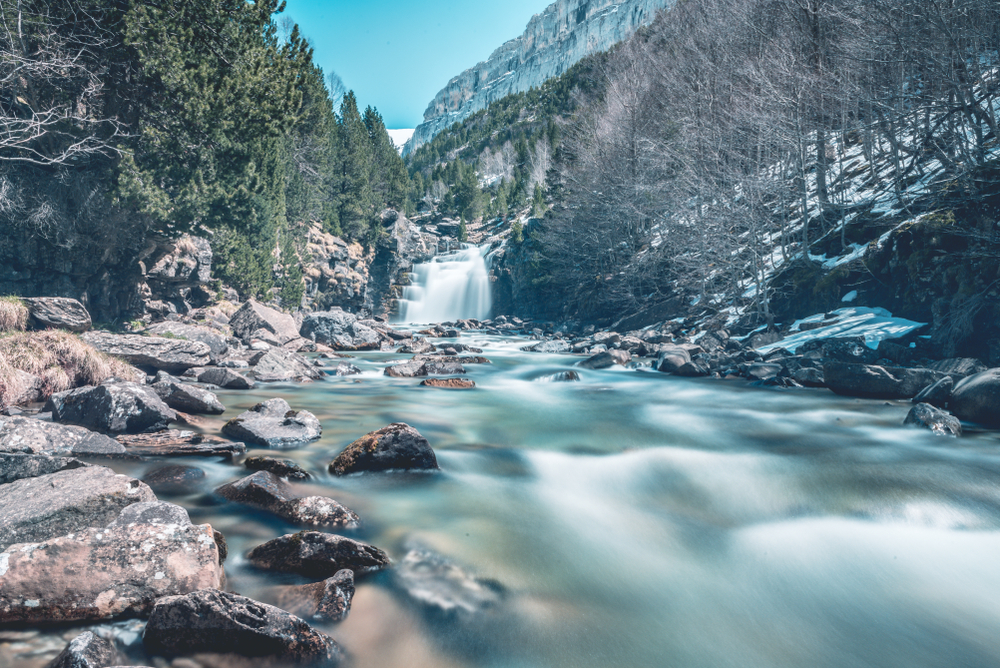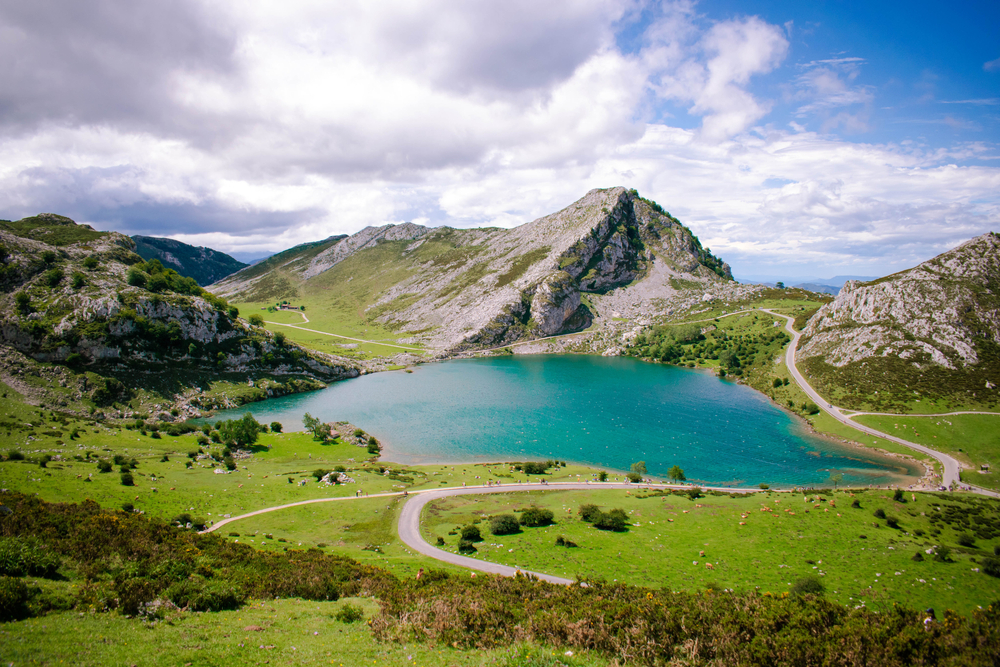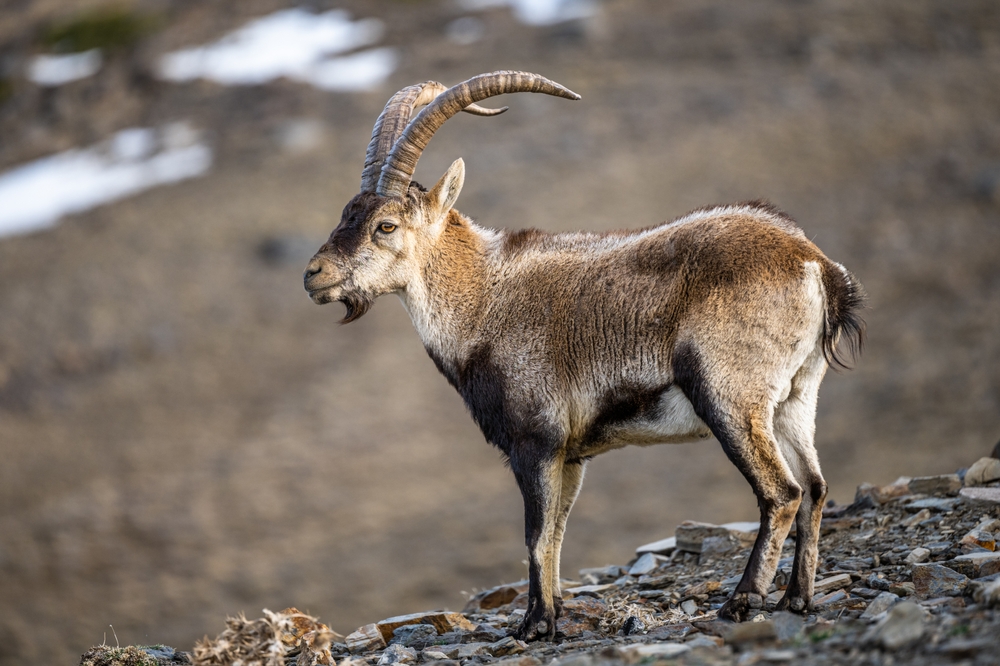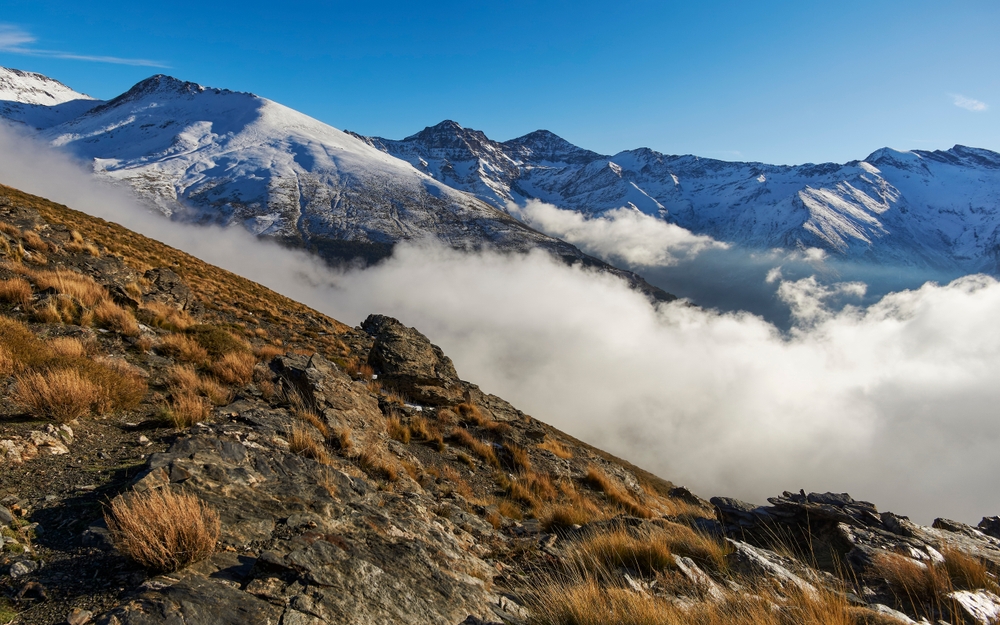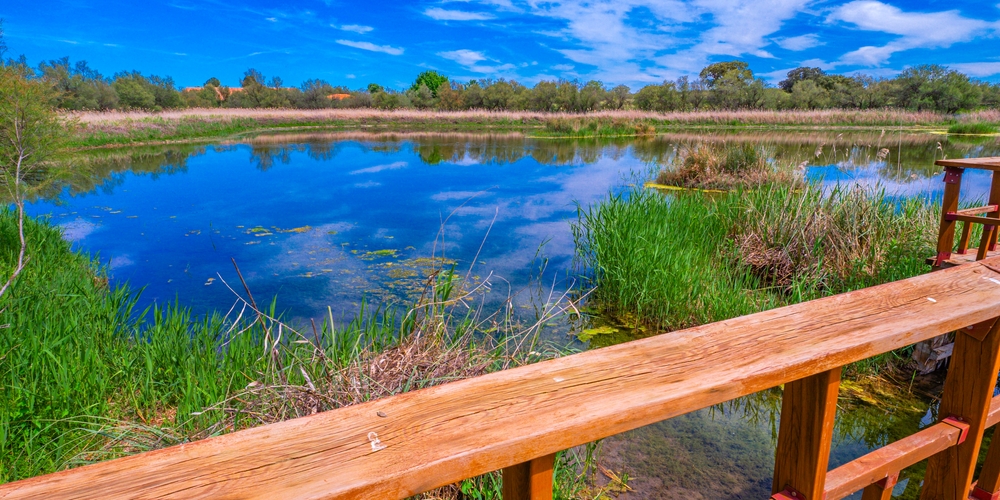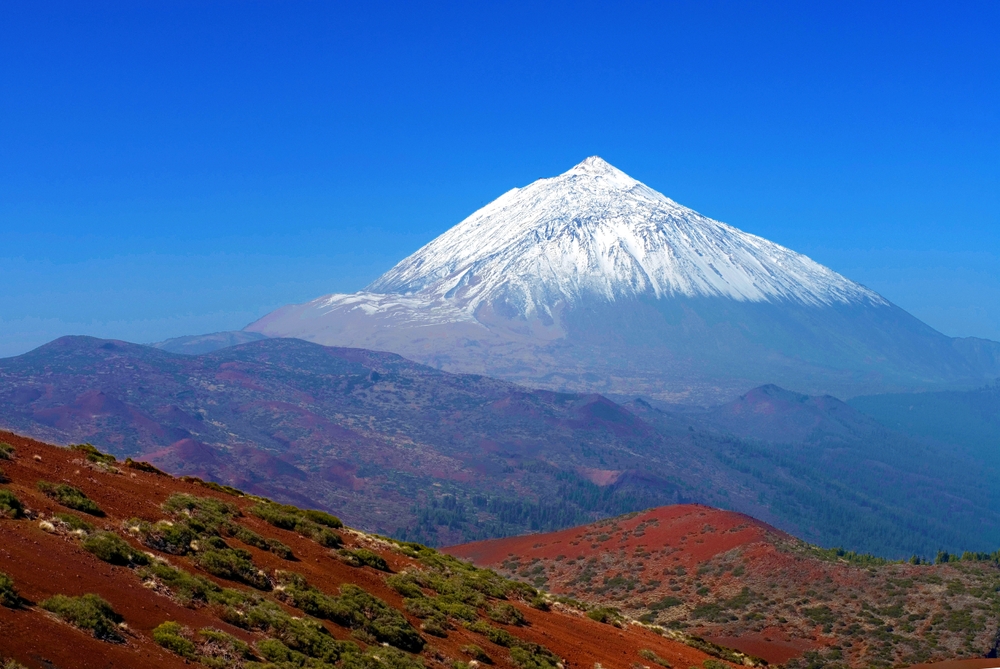Spain, a country renowned for its diverse landscapes and vibrant ecosystems, is home to 16 national parks that span mountains, forests, wetlands, and coastal areas. These parks protect a wide range of habitats and are vital for conserving Spain’s unique biodiversity, including rare species such as the Iberian lynx, imperial eagle, and loggerhead turtles. From the lush greenery of the north to the volcanic terrains of the Canary Islands, Spain’s national parks offer visitors breathtaking scenery and an opportunity to connect with nature.
One of Spain’s most iconic parks is Picos de Europa National Park, located in the northern regions of Asturias, Cantabria, and Castilla y León. Known for its dramatic limestone peaks, deep gorges, and verdant valleys, this park is a favorite for hikers and climbers. The park also boasts rich biodiversity, including Cantabrian brown bears and golden eagles. Visitors are often captivated by the picturesque mountain villages and the historic Covadonga Sanctuary, nestled within the park.
Teide National Park, on the Canary Island of Tenerife, is another jewel in Spain’s national park system. Dominated by Mount Teide, the highest peak in Spain and a UNESCO World Heritage Site, the park offers surreal volcanic landscapes, craters, and ancient lava flows. It is one of the best locations in the world for stargazing, thanks to its clear skies and altitude. Teide is also home to unique flora, such as the Teide violet, found nowhere else on Earth.
Doñana National Park, in Andalusia, is a UNESCO World Heritage Site and one of Europe’s most important wetlands. It serves as a crucial refuge for migratory birds, with over 300 species recorded annually, including flamingos and herons. The park’s diverse habitats, ranging from marshlands to sand dunes, are home to endangered species like the Iberian lynx. Visitors can explore the park via guided tours, making it a must-visit for birdwatchers and wildlife enthusiasts.
In the Balearic Islands, Cabrera Archipelago Maritime-Terrestrial National Park is a marine wonderland. Its protected waters harbor a wealth of marine life, including dolphins, loggerhead turtles, and vibrant coral reefs. The archipelago’s pristine environment makes it ideal for eco-tourism, with activities such as snorkeling, diving, and hiking.
Ordesa y Monte Perdido National Park, located in the Pyrenees, is famed for its glacial valleys, high peaks, and cascading waterfalls. This park is a haven for hikers, offering trails with stunning views of Monte Perdido, one of the highest summits in the Pyrenees. The park’s flora and fauna include bearded vultures, chamois, and rare alpine plants.
Spain faces conservation challenges, such as habitat loss and climate change, which threaten its ecosystems. However, efforts like reforestation projects and programs to protect the Iberian lynx have shown success. Spain’s dedication to sustainable tourism within its national parks ensures these treasures will be preserved for generations to come.
Alphabetical List of Spain National Parks








































































